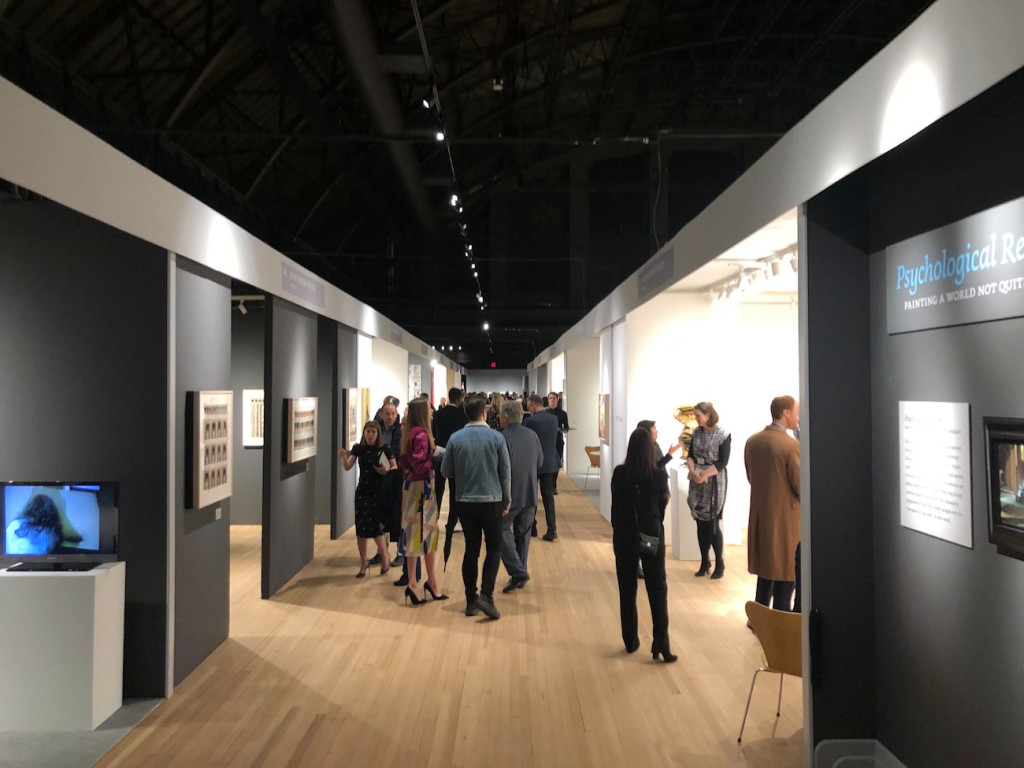[ad_1]
With many nonessential businesses around the country still closed, a new report projects that galleries in the United States will endure major losses in revenue this year. Already, the survey claims, galleries have faced 31 percent in overall losses for the first quarter of 2020, and respondents expect to lose 73 percent in gross revenue for the second quarter.
Between April 15 and May 4, the Art Dealers Association of America (ADAA) collected data from 168 galleries from across the country based on responses to surveys distributed to its membership, as well as members of other organizations, including the Gallery Association Los Angeles, Houston Art Gallery Association, New Art Dealers Alliance, San Francisco Art Dealers Association, and Portland Art Dealers Association.
Many U.S. galleries closed their doors around mid-March. Between then and mid-April, galleries saw an immediate decrease in revenue, the survey reports. The full survey results can be accessed on the ADAA’s website.
“The survey results underscore the enormous role that galleries play in the well-being of the arts and culture economy and landscape in our country, not unlike the role of small businesses across every industry,” ADAA president Andrew Schoelkopf and ADAA executive director Maureen Bray said in a statement.
Among the survey’s major focal points is the behind-the-scenes financial operations of galleries. To keep themselves afloat, galleries have on average furloughed 10 percent of full-time employees and laid off 5 percent of their permanent workforce, the report claims. Ten percent of those surveyed said layoffs and furloughs were still to come in the next 90 days. And galleries said that on average they had terminated 74 percent of their contracts with freelancers.
Rent and financial assistance proved to be other major concerns. Eighty percent of the galleries surveyed said they rent their spaces, and only 52 percent said their landlord had given a delay or reduction in their rent payments. The report also looked at whether galleries had tapped into any of the funds made available by the government to small businesses. Regarding the Paycheck Protection Program (PPP) loans, which are intended to help businesses continue to make payroll, 78 percent of respondents said they had applied, but only 28 percent said they had received the loan.
Galleries expressed trepidation about participating in fairs this year. With most major fairs canceled or postponed for 2020, 47 percent of respondents said they would be willing to show at one or more fairs between now and December, while 28 percent do not plan to show in a fair and 25 percent are still undecided. (The Art Market 2020 report, released earlier this year by Art Basel and UBS, said that galleries generated on average about half their income from their participation in art fairs.)
The ADAA survey is the second report this week to underline the financial impact of the coronavirus. On Monday, a report by SMU DataArts and TRG Arts projected that, based on data compiled from some 35,000 respondents, arts organizations across the country should expect to lose an aggregate of $6.8 billion in revenue, with individual organizations looking at about a 26 percent loss in their revenue.
In their statement, Schoelkopf and Bray added, “While the survey is focused on near-term impact, the implications are far-reaching and long-term for art galleries and the even greater number of employees and artists they support, both financially and as key partners in fostering their practices and careers. Such immediate and devastating revenue losses will undoubtedly have a ripple effect on these small businesses and the broader arts community for the next 12 to 18 months if not longer, and it is still uncertain how long such losses may continue.”
[ad_2]
Source link


